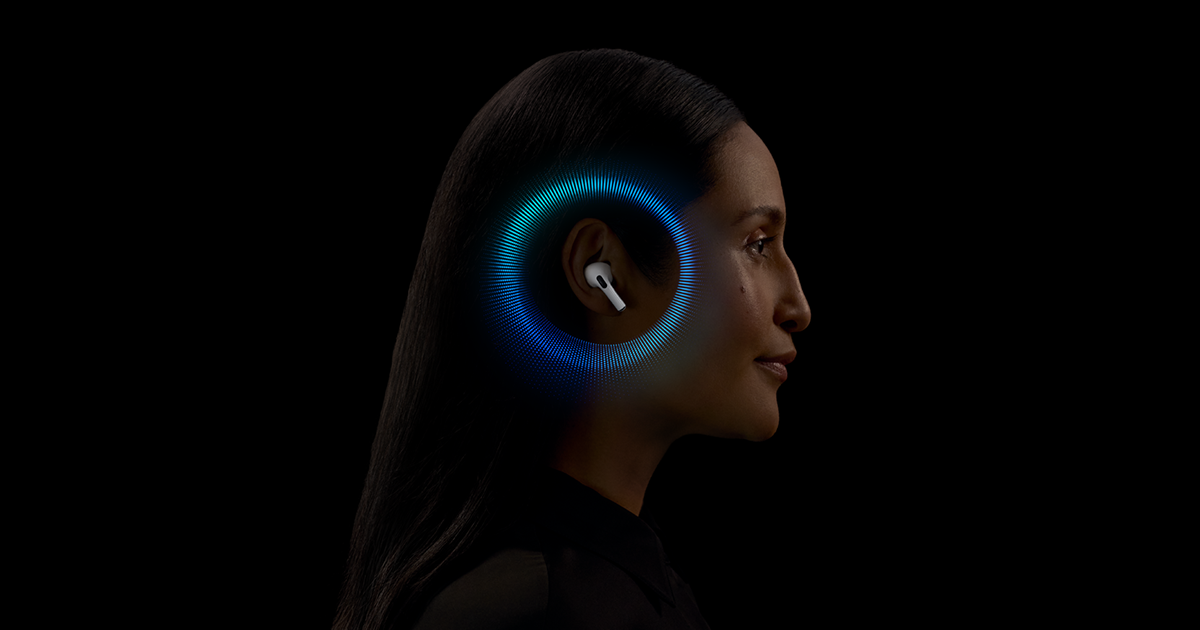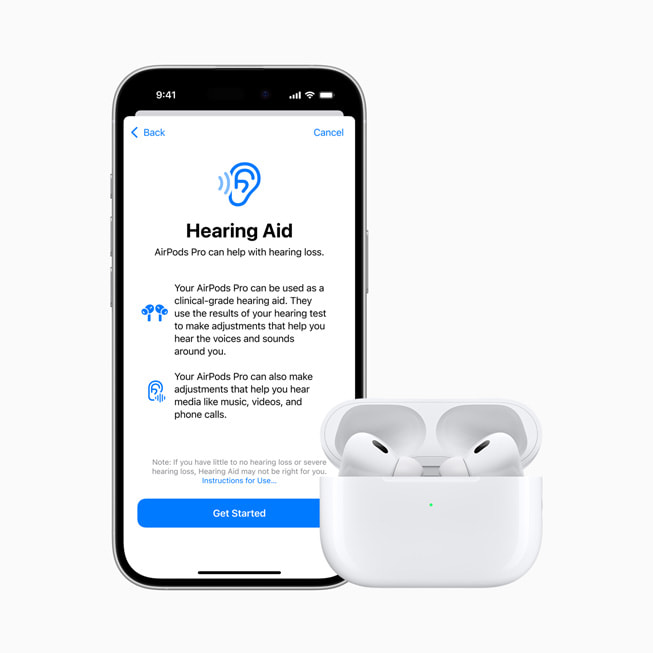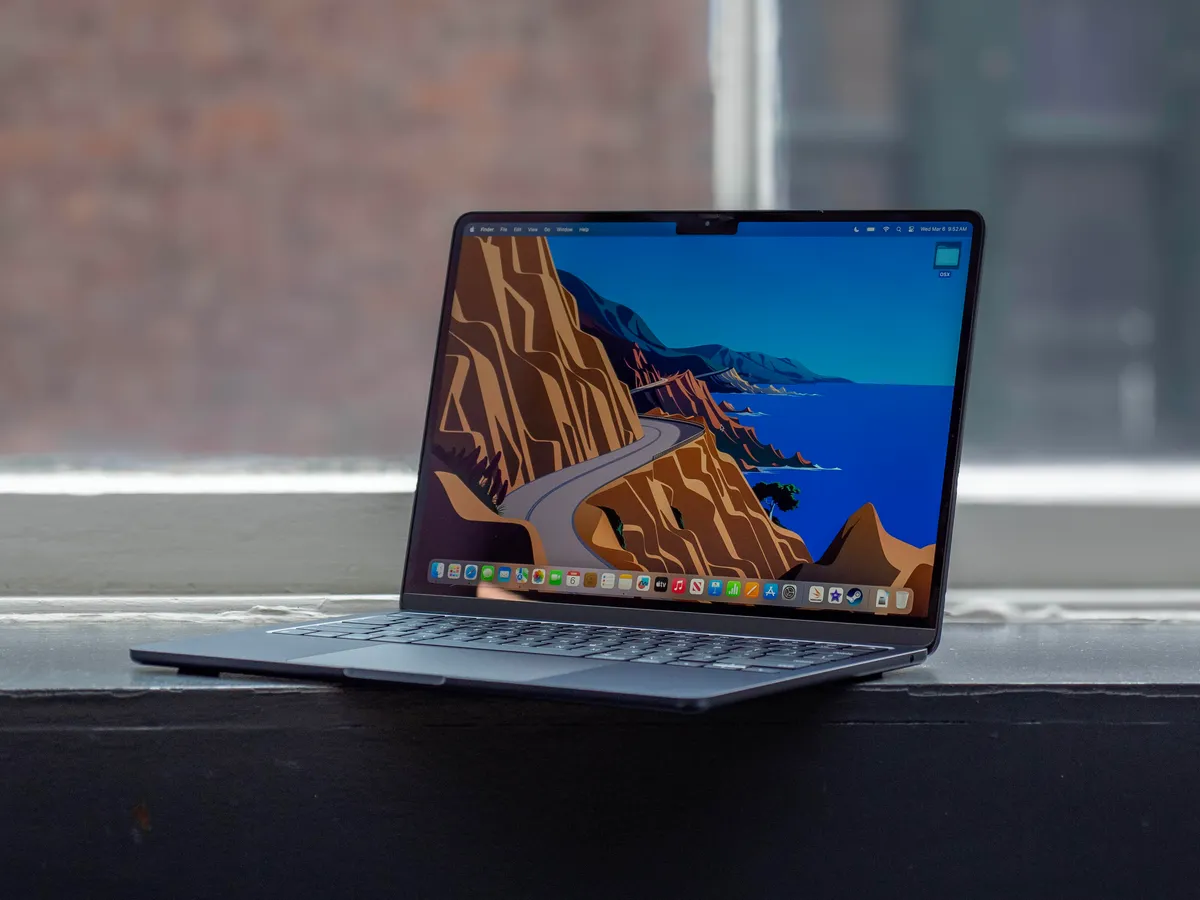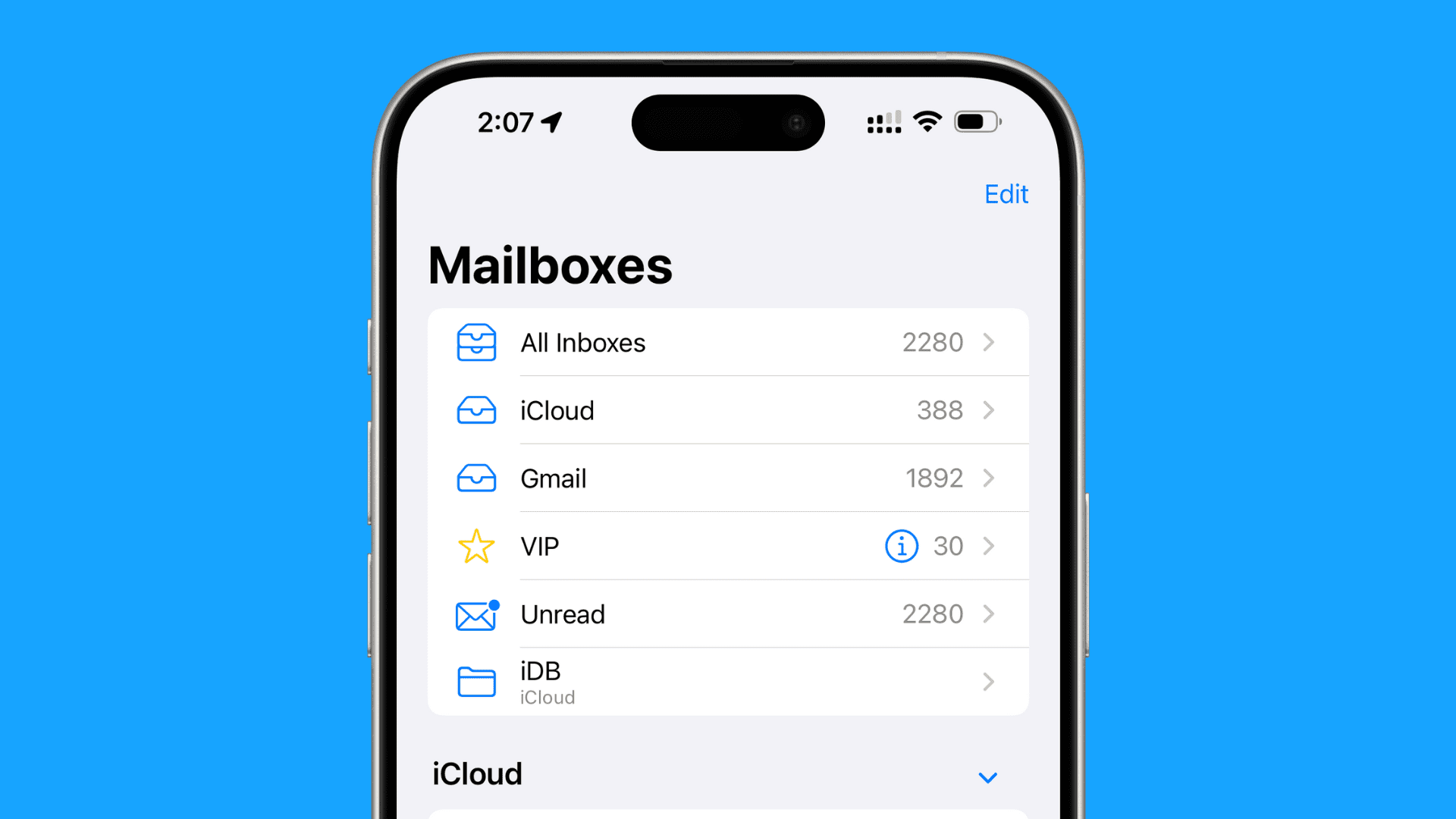A sneak peek at Apple’s next iPhone 17 series has popped up online, thanks to leaker Majin Bu. He shared a design sketch showing off the new back camera styles for the regular iPhone 17, a super-slim iPhone 17 Air, and the high-end iPhone 17 Pro and Pro Max.
Majin Bu has gotten some leaks right before, but he’s also missed the mark—like predicting an iPad 11 launch in 2023 that never happened. This time, though, other trusted sources from Weibo, like Fixed Focus Digital, Ice Universe, and Digital Chat Station, agree the sketch looks legit based on their info from Apple’s suppliers in China. “It’s pretty much spot-on,” said Digital Chat Station about the design. Looks like this might be the real deal!
Fixed Focus Digital added, “The sketches are solid. Here’s a little extra: the iPhone 17 Pro versions will likely mix glass and metal. The logo area will be glass, set into a metal body.” This could explain the red patches on the Pro models in the image. The word is, Apple’s aiming for a tougher build with half glass and half aluminum—keeping wireless charging alive while making the phone less likely to break.
There’s also talk that the iPhone 17 Pro models might let you charge other Apple gadgets wirelessly—a cool new trick! Apple’s shaking things up with the cameras on the iPhone 17 Pro models, swapping the old square bump for a wide aluminum bar stretching across the back. The brand-new iPhone 17 Air, stepping in for the Plus model, will sport a Matching flat bar too, but with just one camera lens.
The basic iPhone 17, however, will stick to the familiar camera setup from the iPhone 16, keeping the standard and fancy models distinct. Analyst Jeff Pu says the iPhone 17, Pro, and Pro Max will rock aluminum frames, while the iPhone 17 Air might get a titanium one. Titanium showed up in Pro models in 2023, but Pu thinks Apple’s switching to aluminum for the Pros to be greener. What’s your take on these rumored iPhone 17 changes? Drop your thoughts below! Apple’s expected to show them off in September, as usual.








